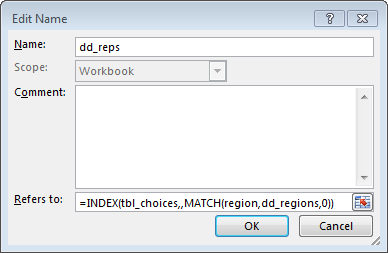

If all done properly, the result of the formula will change once you add or remove items to/from the list:įirst_cell:INDEX($1:$1048576, COUNTA( first_column), COUNTA( first_row))) To test the newly created dynamic range, you can have COUNTA fetch the items count: And because we have set $A$2 as the starting point, the final result of the formula is the range $A$2:$A$5. Consequently, INDEX returns $A$5, which is the last used cell in column A (usually an Index formula returns a value, but the reference operator forces it to return a reference). Since there are 5 non-blank cells in column A, including a column header, COUNTA returns 5. the number of non-entry cells in column A).įor our sample dataset (please see the screenshot above), the formula goes as follows: Here, you supply the entire column A for the array and use COUNTA to get the row number (i.e.

Workbook (default) is recommended in most cases.
CURRENT REGION EXCEL FOR MAC HOW TO
How to create a dynamic named range in Excelįor starters, let's build a dynamic named range consisting of a single column and a variable number of rows.

CURRENT REGION EXCEL FOR MAC UPDATE
A static name always refers to the same cells, meaning you would have to update the range reference manually whenever you add new or remove existing data. In last week's tutorial, we looked at different ways to define a static named range in Excel. In this tutorial, you will learn how to create a dynamic named range in Excel and how to use it in formulas to have new data included in calculations automatically.


 0 kommentar(er)
0 kommentar(er)
